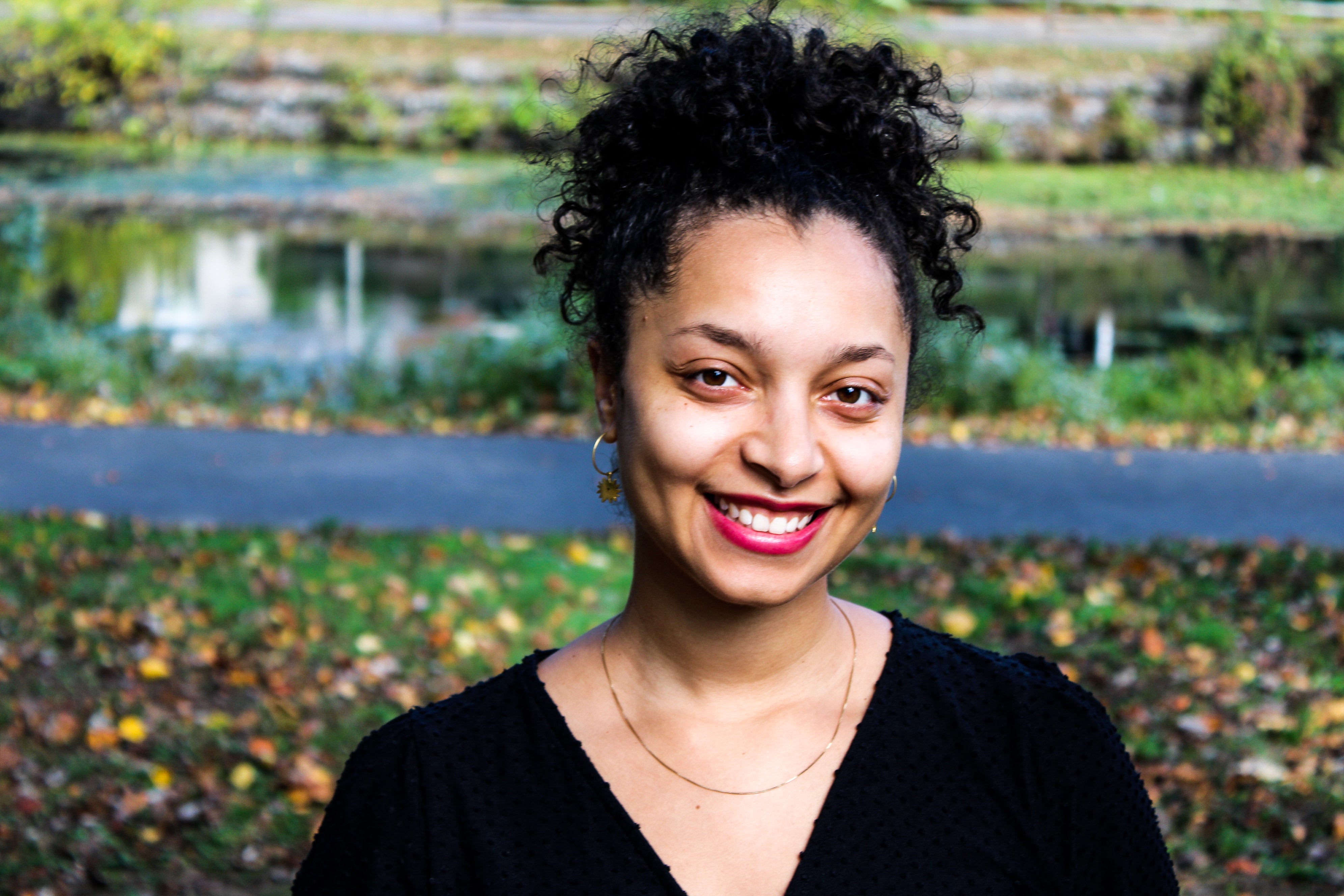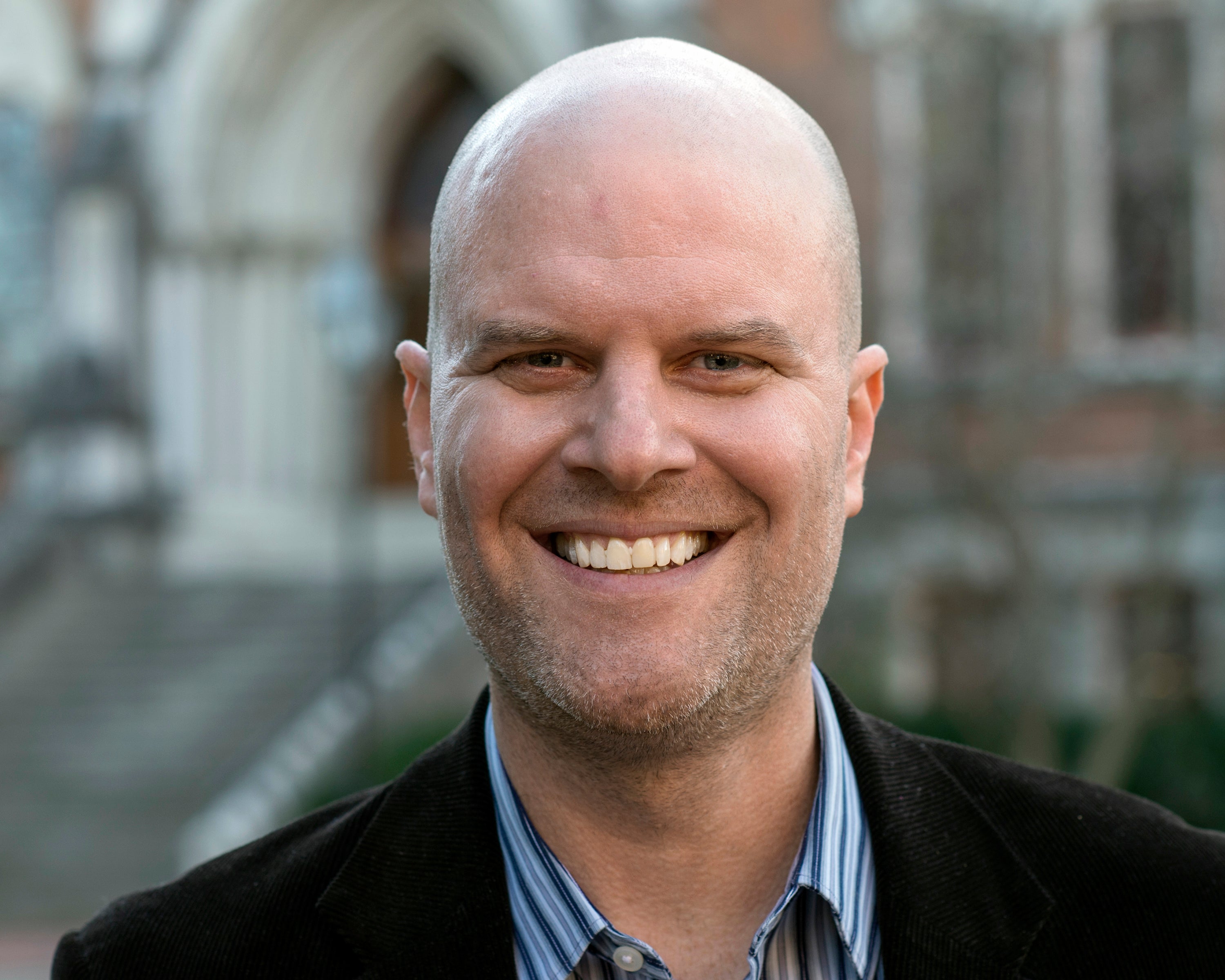Author: Dr. Dennis Proffitt
Author Bio:
"DENNIS PROFFITT has helped develop the field of embodied cognition in his near 40-year tenure at UVA. He is a highly sought speaker, and his research has been widely covered in the press. He lives in Charlottesville, Virginia with his wife, Deborah Roach."
1. Your book, “Perception” truly shows just how complex us humans really are. What shocked you most while researching this book?
The magnitude of the threats to health of not having strong social relationships still comes as a shock to me. The major health risks associated with having few friends are greater than those associated with smoking, alcohol abuse, and obesity. Perhaps the greatest defense against the ravages of dementia is maintaining strong social ties. Infants deprived of social touch are at risk of dying. The list goes on.
2. Broad question, but what do our bodies need in order to operate properly for a lifetime?
In addition to such basic requirements as sustenance and shelter, maintaining a healthy body requires exercise and meaningful social relationships. An important aspect to remember about exercise is that a lack of exercise is a cause of obesity and diabetes; however, exercise by itself will not cure obesity and diabetes.
3. Oftentimes students are told to sit in the front of the class to pay attention. Based on your research, where is the best place to sit in the classroom and why?
I recommend that students sit as near to the front of the room as they can without feeling too uncomfortable. When sitting in the back of the room, two bad things happen. First, you can be easily distracted by the shenanigans of the students in front of you. If you are near the front, there are fewer students in front of you and those who are tend to be less disruptive because they are close to the instructor. Second, the instructor is providing a lot of nonverbal cues—hand movements and facial expressions—that facilitate communication. These are really hard to pick up in the back of the room.
4. How can students use the teachings in your book to perform at a higher level?
One of the repeated themes of the book is that people learn by doing. For example, babies learn to understand visually perceived space by crawling, and thereby seeing how perceived spatial relationships change as a result of their own movements. Babies do not learn this by being carried about by their parents. They need to produce the movement themselves.
As is the case with babies, students are not knowledge-absorbing sponges. Simply sitting in the classroom or reading the text over-and-over again will not result in much learning. You need to be actively involved. There are lots of good study techniques that promote active learning.
5. How can athletes use the teachings in your book to perform at a higher level?
One of our research findings is that, in sports, the game seems to slow down when you are performing well. In interviews with NBA star Stephen Curry, we found that he engages in training drills that require lightning-fast responses. These drills create situations that are even faster than what he encounters on the court, and consequently, he perceives actual basketball games as occurring more slowly. The implication is that you want to push yourself during practice with challenges that exceed those that occur in your sport.
6. What is something you learned about perception that didn’t make the book but was fascinating to you?
Oh dear… there are so many cool things to discover about perception, which are not in the book. Color perception is a good example. People see the colors that they do because they have 3 types of color photoreceptors each maximally sensitive to a different wavelength of light. People who are “color blind” typically have only 2 types of these photoreceptors. Now, color-blind individuals see colors just fine, they just see fewer of them.
For them, red and green are hard to tell apart. Most mammals have only 2 types of color photoreceptors, and thus, their visual world is like someone who is color blind. Fish reptiles and birds typically have 4 to 6 different types of photoreceptors, and as a result, they see more colors. The mantis shrimp has 16 different types of color photoreceptors! What’s it like to see the world as a mantis shrimp?
7. What’s a bad body/perception habit you corrected after researching and writing this book?
Perhaps this does not speak well of me, but I cannot think of any. Not that I don’t have my share of bad habits, but rather that I’ve not tried to correct any of them as a result of writing my book.
8. It has been said that “the only thing that creates reality is your perception of it and your reaction to it.” Do you agree?
Yes and no—please forgive me for answering like a professor.
A thesis of the book is that we all live in our own perceptual reality. So, in this sense, I agree with the proposition in your question.
On the other hand, we also have an awareness that there are things beyond our own experience. On our daily walks, my dog Lulu is forever reminding me that I am missing most of the good smells. Moreover, physics informs us that we live in a n-dimensional space / time continuum. The world described in theoretical physics is nothing like my perceptual world.
I am enthralled by stage performances of magic and as part of my doctoral dissertation I interviewed Doug Henning—a famous magician who, at the time, had a show on Broadway. Magic, when performed well, fills us with wonder and with an awareness that there is more to reality than meets the eye.
9. What’s something important about the brain that humans don’t often know but is worth understanding?
Our brains evolved in service of our bodies. We did not first evolve a big brain and then hands that could realize the brain’s desires; rather, we first evolved hands and then the neural machinery needed to exploit their potential. Our immediate ancestor Homo erectus—upright man—looked an awful lot like us.
They were about our height and had our long legs, upright posture, and dexterous hands. They possessed a body very similar to our own; however, their brains were only about 60% the size of ours. Our ancestors’ bodies provided opportunities for action that a bigger brain would eventually realize.
10. What’s something important about the body that humans don’t often know but is worth understanding?
We have the body of an endurance animal. Homo erectus was a persistence hunter, chasing bigger faster prey for hours in the hot, midday sun until the animal collapsed from exhaustion. Although these people were slow in comparison to their prey, they possessed a magnificent cooling system—sweat glands almost everywhere on their body and a notable absence of insulating fur. They ran their prey to exhaustion through tenacious pursuit.
The extensive sweat system evolved by Homo erectus had another fortuitous consequence: It provided the cooling system needed to keep our yet-to-evolve big brains from overheating. Brains are voracious energy users, and before big brains could evolve, an adequate cooling system needed to be already in place.
11. Overall, what do you hope readers get from this book?
I would like the reader to better understand what it means to be a human animal. As mentioned above, we are bipedal endurance animals with the most amazingly dexterous hands on the planet. Given the bodies that we have, what sorts of things can we do? And as a result, what do we experience and know?
12. What was your writing process like for this book?
I wrote the book with Drake Baer, who is a journalist. It took us about 3 years and during this time we would talk on the phone every Sunday for about an hour. For each chapter, we would first agree on what we wanted to say and then we would make an outline of the chapter. Next, we would decide who would write what and exchange drafts as they became available.
Finally, we would iteratively edit, rewrite, and revise the drafts until we were satisfied. Once the whole book was complete in draft form, we sent it to our publishing editor, who made extensive comments and suggestions. Our editor’s comments sent us back to the iterative process of revising. It is often said that the secret to good writing is rewriting.
13. What’s the best book you have read in 2021 thus far?
At the time of this writing, 2021 is only 2 months old, but my favorite book so far is Simon the Fiddler, by Paulette Jiles.
14. What’s your best advice for getting over writer’s block?
Know what you want to say, organize your thoughts into something like an outline, concentrate on the immediate topic in your outline so that you are not overwhelmed by the extent of your writing effort, don’t worry about style or readability—just get your thoughts down and revise later. When you run into a writing barrier—you’re not sure what to write—take your thoughts for a walk. I do my best writing preparation while walking.
15. Do you plan on writing more books in the future?
Probably not… but you never know. Books cajole their authors into writing them, not the other way around. Right now, I don’t hear the call of a book inside of me demanding to be written.
Get Your Copy of Perception Today!








